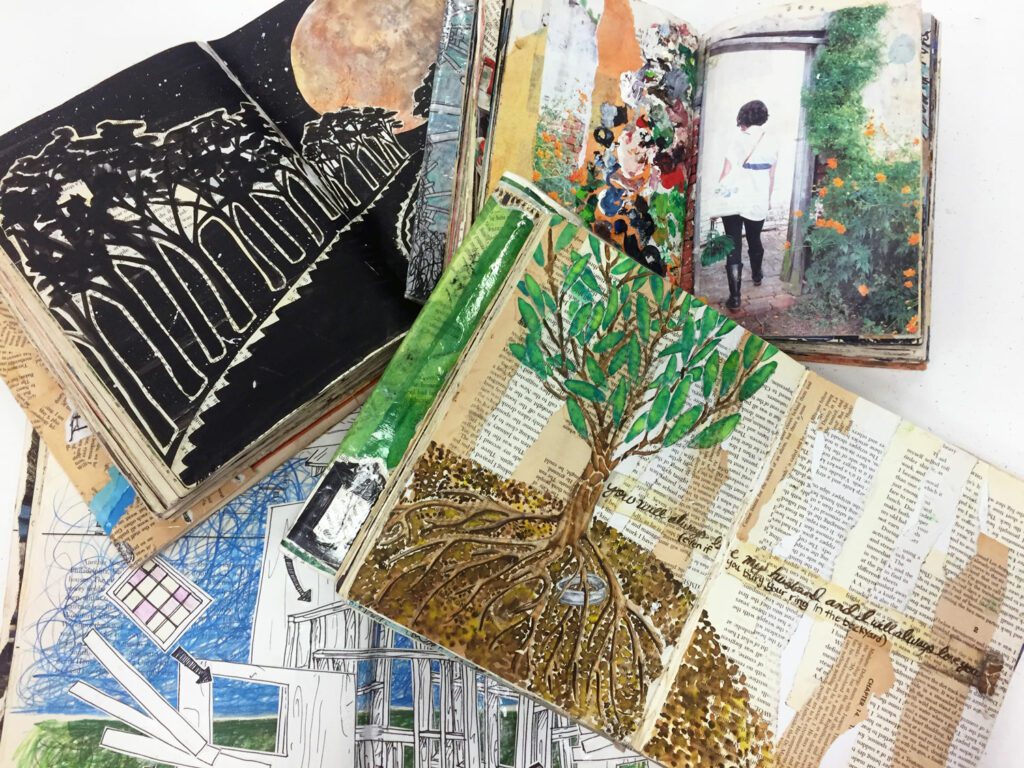
What is a visual journal?
A visual journal is a mixed media project that uses a hardback book as a base. Check out visual journal ideas to get started in your own or jumpstart them in your art class.
These are sometimes referred to as altered books, but in my class, I view them as journals to encourage a personal connection to the student. Students work directly in the book using paint, colored pencils, collage, markers, and whatever materials they have access to, to create works of art inside the book.
Art journaling is a great way to get students to express themselves or simply to experiment with materials. Art journals are kind of like a visual diary for students to expressive creative work. There are endless visual journal ideas and I love allowing students the space to make it their own. This is the most student-directed project I teach and it is a lot of fun for students to express their creative ideas.
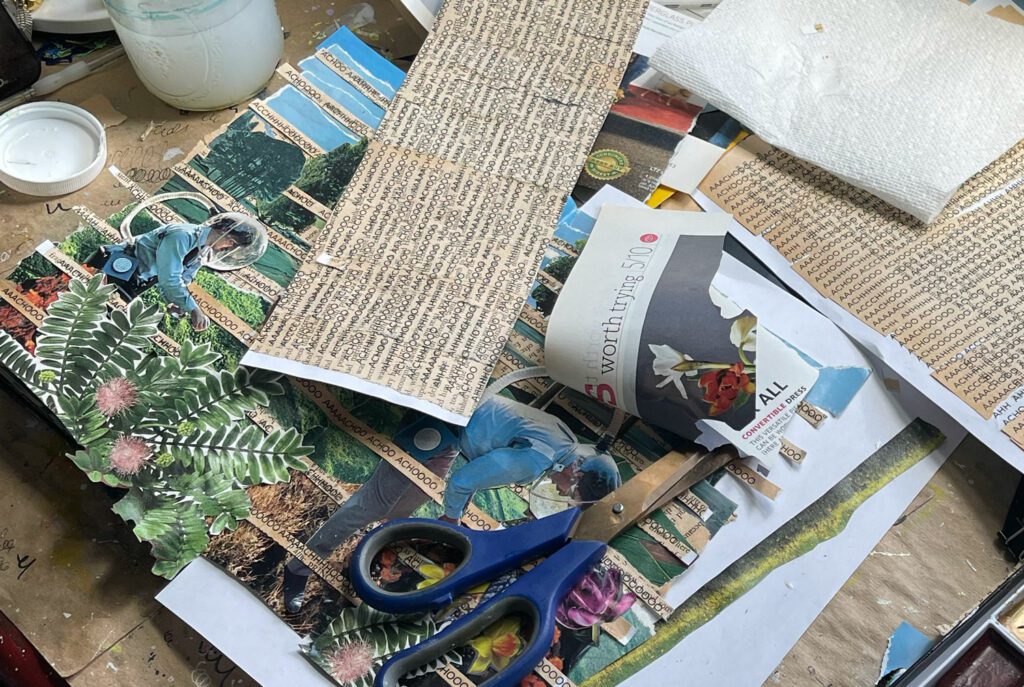
What supplies do I need?
At a minimum you need a used hardback book, a stack of magazines, scissors, and glue. From there, whatever materials you have on hand you can incorporate into your visual art journal pages. When looking for old books choose a hardback book, otherwise it will fall apart, a book with non-glossy pages, otherwise paint will not stick to the pages, a book that isn’t too large, such as textbooks, and avoid thin pages, such as dictionaries. (You can check out everything I use to teach this project here.) Check out my full list of recommended supplies below:
- Used, hardback book
- Scissors
- Glue
- Magazines
- Newspaper clippings
- Collage paper
- Sharpies
- Colored pencils
- Acrylic paint
- Tempera paint
- Watercolor Paint
- Bleeding tissue paper
- Paint pens
- Gel pens
- Stamps
- Mod Podge
- Packaging tape
- Hole puncher
- Access to a computer and printer for images

How do I get started?
When I introduce visual journals to my students I always start with examples. I pass out my personal journals to give students examples of visual journal ideas while going through a project overview, expectations, and examples in a PowerPoint (you can get the presentation lesson pack here). I explain that every Friday they will be working in their visual journal. It provides a break from our current project and gives them time to create whatever they want. After the PowerPoint, I take questions and tell students to get to work. The very first day they work on their own art journal I encourage them to flip through magazines and pull out any images or words they like. Next, they begin collaging those found images together to create their first page. This collage reflects their aesthetic and introduces them to basic collaging technique.
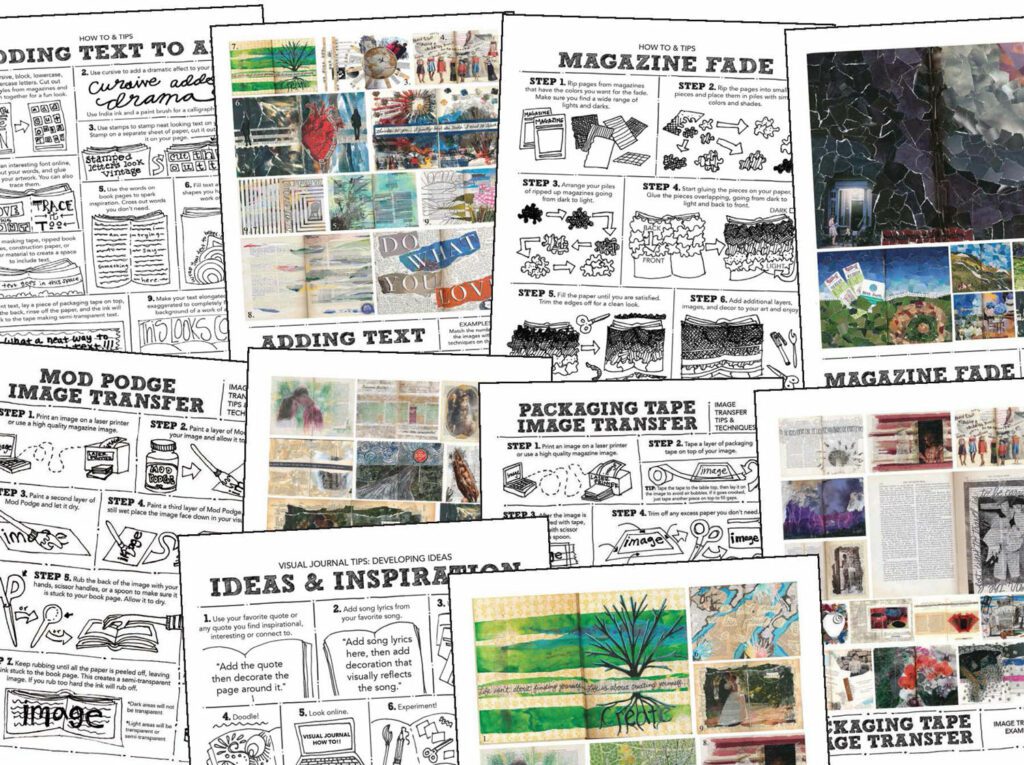
How do I help inspire my students?
Once students get started on their visual journals I try to keep it hands off from there. In my intro level course I start class every Friday by introducing a new material they can use in their visual journal. That day they can test out the new material I introduced or choose to do something else, but every Friday they learn a new technique to add to their toolbox. Throughout the course I give students access to handouts that show different ways to use materials, collaging techniques, ideas, and more. After students have already moved through my intro course I leave Friday visual journal days very open ended. They can work on a new page, catch up on a project, or have free art time where they can get their creative juices flowing. As long as they are making art, they can do what they want! There is no wrong way to design a page in a visual art journal. The most important thing to remember is that as long as they are coming up with creative art journal ideas, students should be allowed freedom to create and design as they see fit. It should be a productive time for them to experiment with different art materials.
Check out the handouts I use to help guide students in my semester visual journal pack here or year-long visual journal pack here.

Emergency sub plans + other fun things…
One of my favorite things about visual journals is how easily they can be plugged in when needed. If you suddenly have to be out, leave art journal prompts for students to complete in their visual journal. If a student finishes an assignment early, they go straight to work in their visual journal. I love having prompts on hand in my prompt jar or fun worksheets, such as roll-a-design, to help inspire them. Once student have base knowledge of what to do in their book, they can easily work independently. Visual journals are a powerful way to let students practice different techniques that they love.
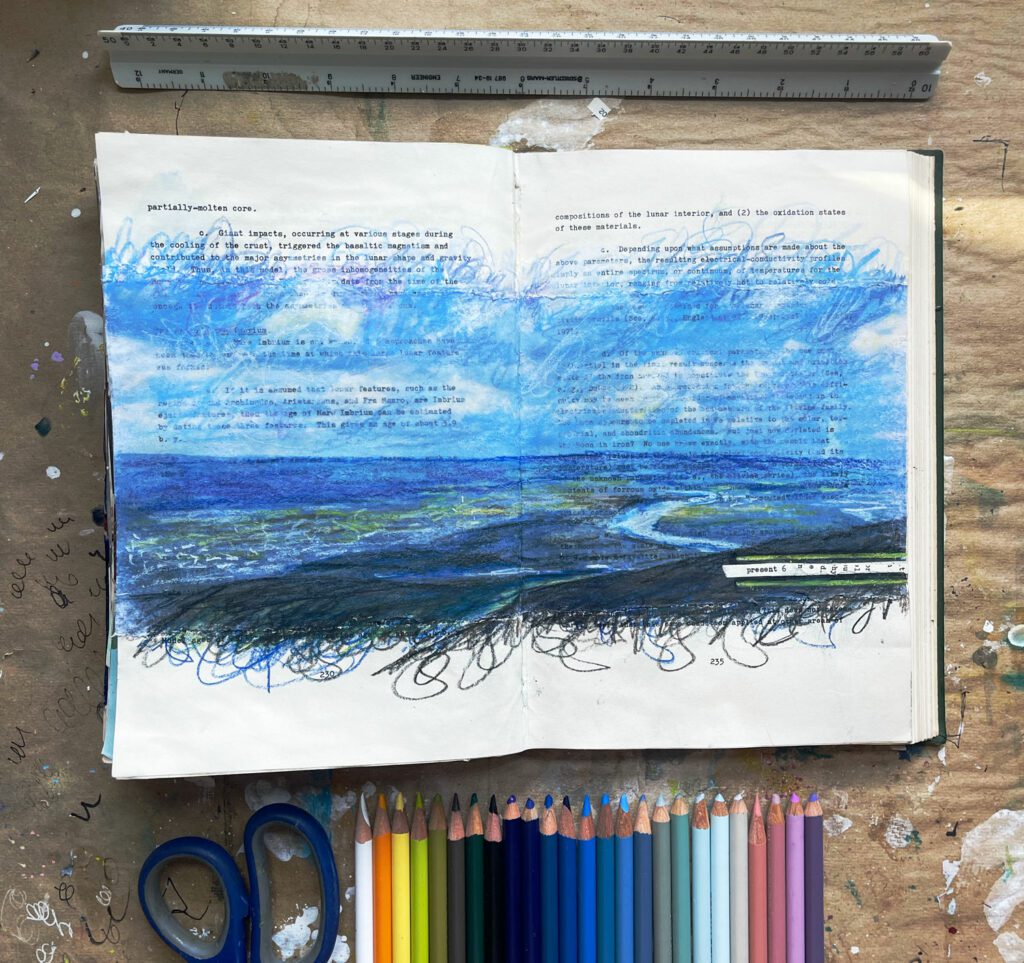
To sum it all up…
For a quick review of these visual journal ideas, this is how I lay out this project for students in an engaging and fun way:
- Bring in a used, hardback book to work in.
- You must use at least two different materials in your book.
- By the end of each semester you must complete 12-16 pages (this varies based on my schedule that year).
- You get to create whatever you want, as long as it’s school appropriate.
- Have fun, express yourself, and try something new!
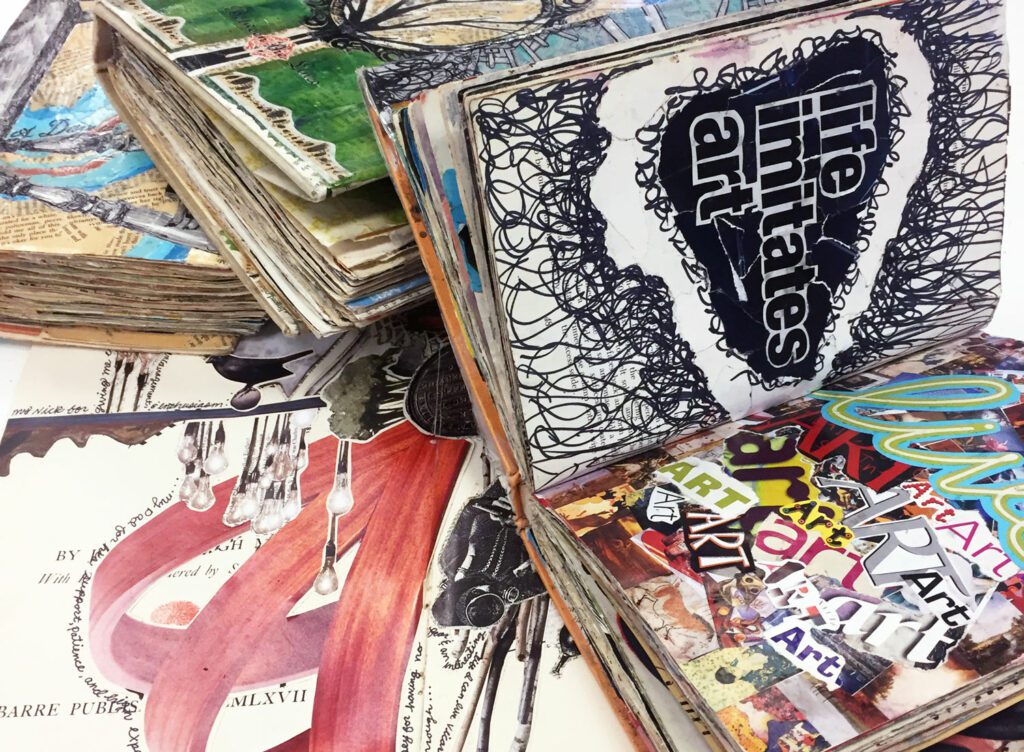
This truly is one of my favorite creative projects personally and professionally. I hope you and/or your students love it too! The key to success with the project is to view it as a learning tool, not necessarily a displayable work of art. 60% of students will submit scribbles on a page. But, as long as they have enough scribbles on pages to meet the minimum page count, used at least two materials, and spent class time working, they were making art and deserve a good grade. 30% of students will create solid work and you will have so much fun looking at their creations. 10% of students will connect so deeply to the project they will take it with them wherever they go and contact you years after they graduate to let you know they still work in their journal from time to time. That 10% makes this my favorite project and the other 90% will still enjoy it too.
You can read more about the stories behind my visual journal ideas here. Let me teach your class every Friday for a full year with my virtual art course here.
Thanks for taking the time to check out my latest post about visual journal ideas! Don’t forget to subscribe if you haven’t yet to stay up to date, get access to freebies, and hear about sales. Thanks for stopping by!
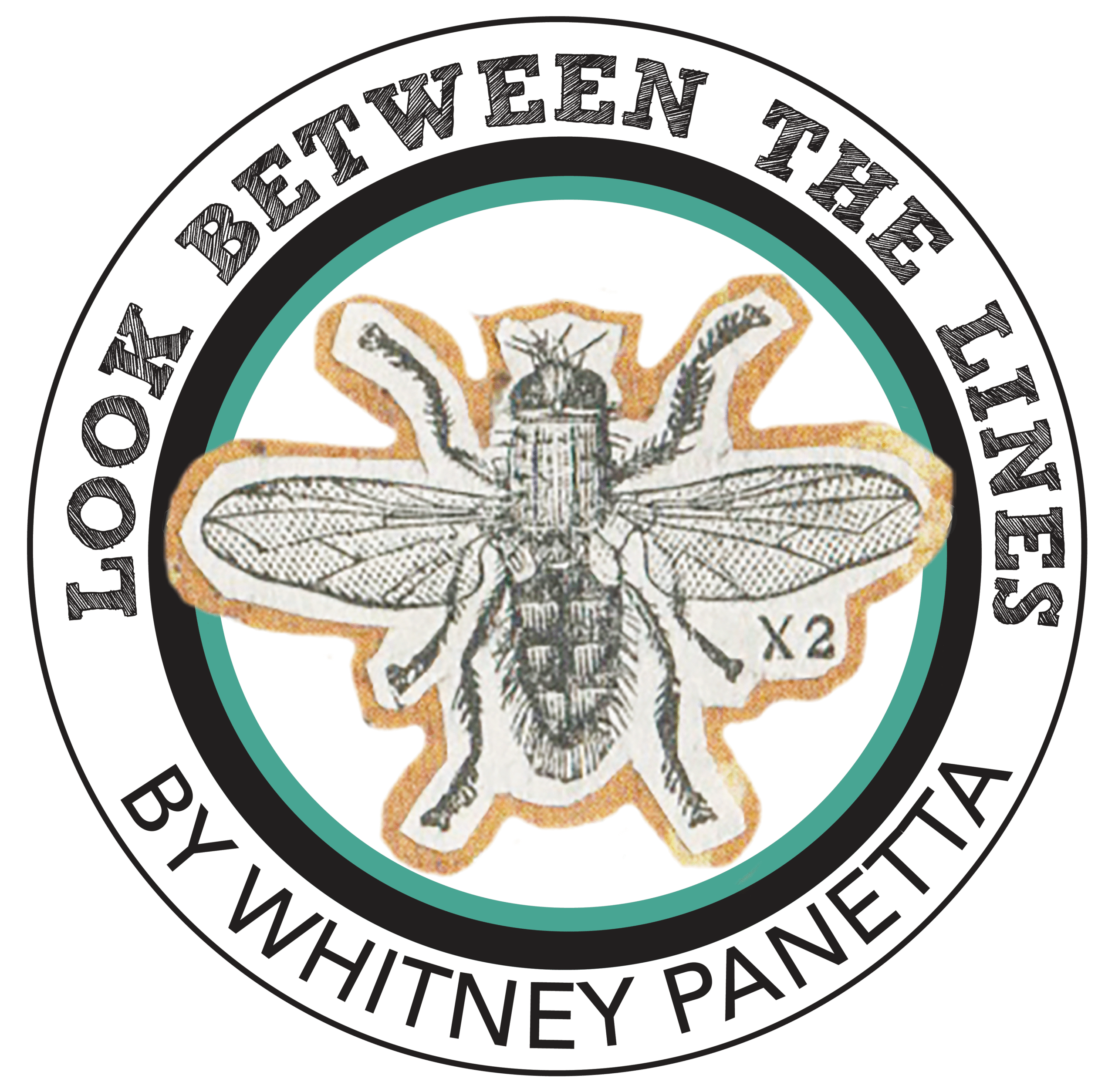
Your instructions are very clear and inspiring. After reading your articles I’m going to give this a go. I’ve wanted to do this for a long time, just didn’t know how to. Thank you
I’m so excited to hear you are going to give it a try! The hardest part is taking that first step. I hope you love it as much as I do!